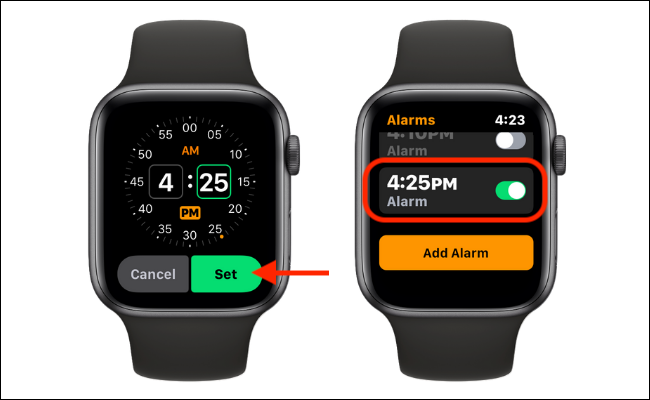What is Software Troubleshooting?

Software troubleshooting is the process of identifying, diagnosing and resolving problems that occur in software applications. This term can also be used to describe the process of fixing issues in the operating system, drivers, firmware or any other software component that is part of a computer system.
When a problem is encountered, the troubleshooting process usually involves a series of steps that help the user or technician to narrow down the root cause of the problem. This includes examining error messages, checking settings and configurations, and testing different solutions until a resolution is found.
One of the most important steps in software troubleshooting is identifying the symptoms of the problem. This could be anything from an application crashing to an error message being displayed. By understanding the symptoms, a technician can start to isolate the cause of the issue.
The next step involves collecting information about the system and the software in question. This usually includes checking the version of the software, the hardware configuration, and any other relevant details that may help in resolving the issue.
Once the information has been gathered, the troubleshooting process typically involves a series of tests and diagnostic procedures. This could include running utilities like system checks and malware scans, reinstalling the software or updating it to the latest version.
During the troubleshooting process, it is essential to keep track of what has been tried, what worked, and what didn’t. This helps to prevent duplicate efforts and ensures that the issue is resolved as efficiently as possible.
When all of the tests have been completed, the next step is to implement the solution. This could mean making changes to configuration settings, replacing faulty hardware or updating drivers, or it could mean abandoning the software altogether and finding an alternative.






